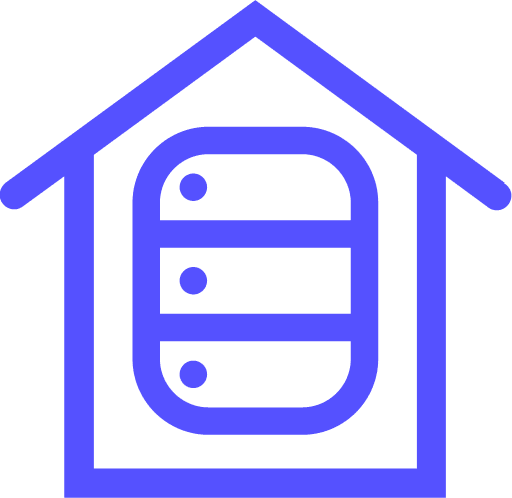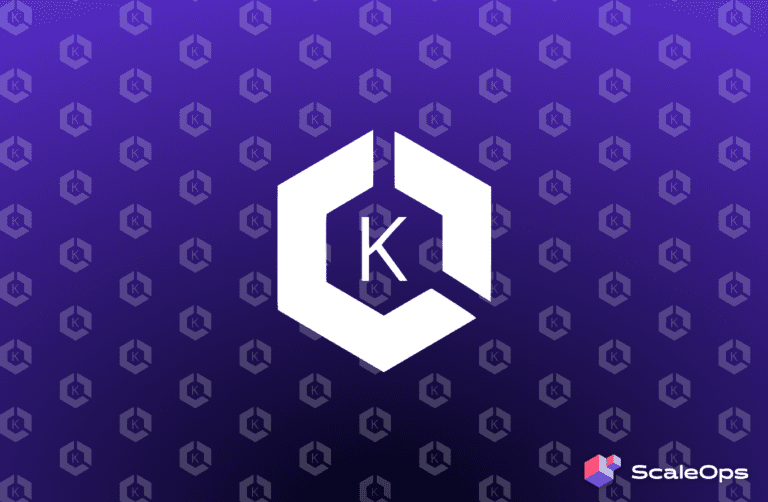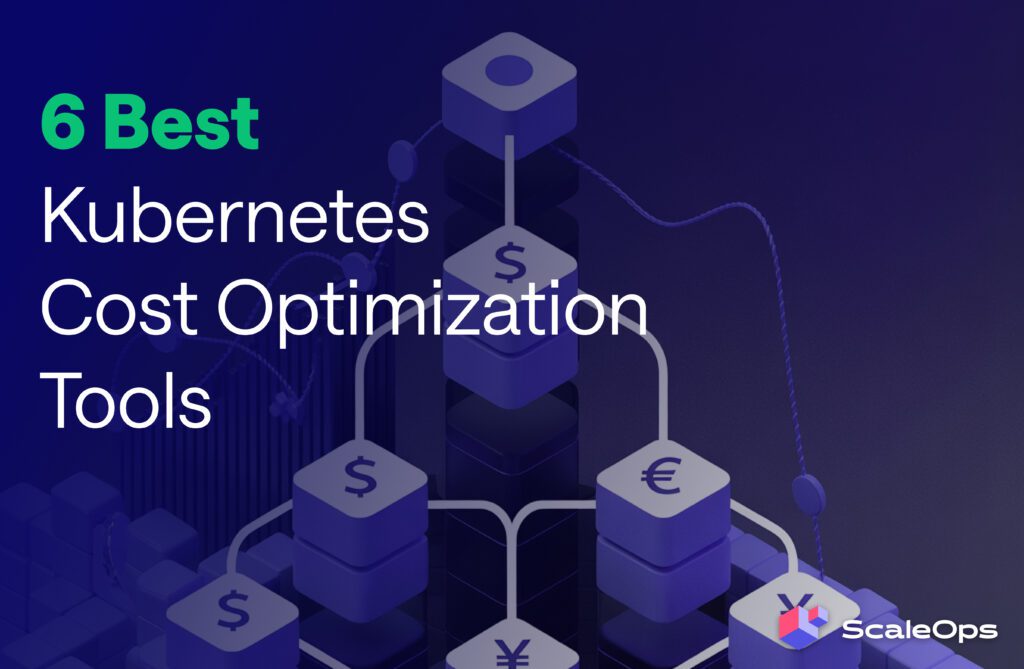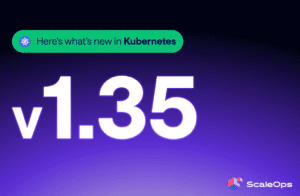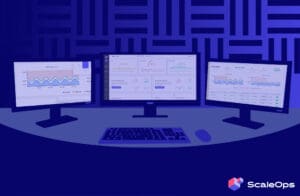Independent benchmark: We tested the leading Kubernetes cost optimization software for 2025 to see which platforms actually deliver measurable savings in production environments.
If you’re running Kubernetes at scale, you already know: cost optimization isn’t just about trimming cloud bills — it’s about managing resources efficiently without sacrificing performance or reliability.
Why Kubernetes Cost Optimization Tools Matter
Kubernetes gives you flexibility, but not financial efficiency.
Clusters expand, workloads fluctuate, and overprovisioning creeps in until your cloud bill becomes a guessing game. Traditional monitoring tools tell you what’s happening, but not how to fix it.
That’s where Kubernetes cost optimization software comes in. The best platforms continuously manage resources, adjusting CPU, memory, and replicas in real time, to ensure every pod runs efficiently without risking performance.
How We Evaluated the Tools
Each platform was evaluated based on:
- Automation depth: how much optimization happens autonomously
- Production readiness: support for real-world workloads, including stateful and air-gapped environments
- Integration: compatibility with native Kubernetes components (HPA, VPA, Karpenter, etc.)
- Savings impact: verified ability to reduce costs without disruptio
1. ScaleOps
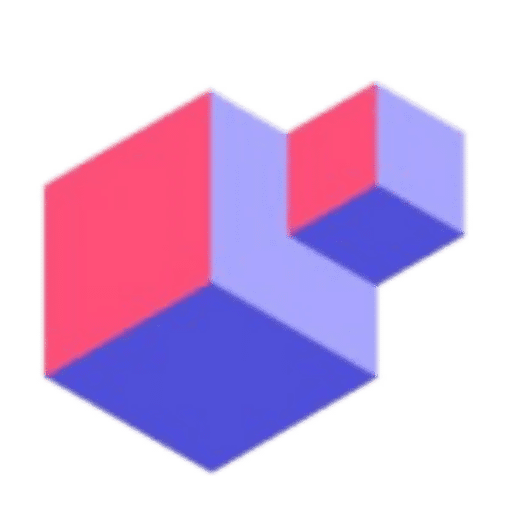
Best for: Production-grade, self-hosted automation
Ideal users: DevOps and Platform Engineering teams running Kubernetes in cloud, on-prem, or air-gapped environments
ScaleOps ranked first in every major category, automation, performance stability, and total cost reduction. It’s the only fully self-hosted, application context-aware platform that continuously manages Kubernetes resources in real time, directly inside your environment.
Why ScaleOps Leads
- Real-time, autonomous resource management: Continuously manages CPU, memory, and replicas across all workloads without manual tuning.
- Full control, zero data exposure: All decisions and analytics run locally, ideal for secure or air-gapped environments.
- Production-grade automation: Handles bursty traffic, PDBs, and noisy neighbors without impacting reliability.
- Integration-ready: Works seamlessly with HPA, KEDA, Karpenter, and node autoscalers.
- Proven results: Users typically achieve up to 80% cost reduction while improving performance and stability.
Key capabilities
- Continuous rightsizing of pod resource requests based on real usage
- Predictive scaling to manage replicas and prevent overprovisioning
- Spot-aware scheduling to maximize savings without risk
- GitOps-native control plane for seamless integration
Deployment: Self-hosted, single image install via Helm
Air-gapped support: Full functionality without external connectivity
2. Kubecost
Best for: Cost visibility and reporting
Kubecost delivers detailed insights into Kubernetes spend across clusters, namespaces, and workloads.
It’s ideal for teams that need granular cost attribution and chargeback models.
Highlights
- Multi-cloud support (AWS, GCP, Azure)
- Cost breakdowns by application, namespace, and team
- Optimization recommendations based on utilization
- CI/CD integration for proactive cost awareness
Kubecost provides excellent visibility but requires manual follow-up for resource adjustments.
3. OpenCost
Best for: Open-source users and early-stage optimization
OpenCost provides community-driven visibility into Kubernetes cost data.
While it doesn’t automate optimizations, it’s flexible, transparent, and free.
Highlights
- 100% open source
- Real-time monitoring and cost breakdowns
- Customizable and extensible for unique environments
- Works well as a foundation for internal cost dashboards
4. OptScale
Best for: Multi-cloud and hybrid environments
OptScale focuses on cross-cloud optimization, integrating Kubernetes with broader cloud cost controls.
Highlights
- Unified view of spend across AWS, GCP, Azure
- Rightsizing and scaling recommendations
- Policy-driven governance and anomaly detection
- Integration with existing cloud management systems
5. Goldilocks
Best for: Teams seeking VPA-based right-sizing
Goldilocks analyzes workloads using the Kubernetes Vertical Pod Autoscaler to recommend optimal CPU and memory settings.
Highlights
- Leverages native VPA APIs
- Visual dashboards of usage vs. recommendations
- Namespace-level targeting
- Quick setup and low overhead
A great tool for smaller teams starting their optimization journey, though it lacks automation beyond recommendations.
6. SpotKube
Best for: Cost-focused teams running fault-tolerant workloads
SpotKube helps reduce compute costs by intelligently placing workloads on Spot instances.
Highlights
- Automated Spot instance scheduling
- Fallback to On-Demand for availability
- Significant savings for stateless workloads
- Works alongside Karpenter and node autoscalers
Best suited for workloads that can tolerate interruptions.
How to Choose the Right Platform
| Feature | ScaleOps | Kubecost | OpenCost | OptScale | Goldilocks | SpotKube |
| Automation | ✅ Full | ⚠️ Partial | ❌ None | ⚠️ Partial | ⚠️ Limited | ⚠️ Partial |
| Self-Hosted | ✅ | ✅ | ✅ | ⚠️ | ✅ | ✅ |
| Air-Gapped Support | ✅ | ⚠️ | ✅ | ⚠️ | ✅ | ✅ |
| Multi-Cloud Support | ✅ | ✅ | ✅ | ✅ | ⚠️ | ✅ |
| Predictive Scaling | ✅ | ❌ | ❌ | ⚠️ | ❌ | ⚠️ |
| Context-Aware Optimization | ✅ | ❌ | ❌ | ⚠️ | ❌ | ❌ |
| Best For | Production-grade automation | Cost visibility | Open-source users | Multi-cloud ops | Simplicity | Spot workloads |
Final Verdict
For enterprises running production Kubernetes environments, ScaleOps stands out as the clear leader.
Its real-time, autonomous, self-hosted architecture delivers the deepest level of optimization and control, especially in secure or air-gapped deployments, while other tools remain focused on visibility or manual tuning.
If your goal is to cut cloud costs by up to 80% without impacting performance, ScaleOps is the benchmark to beat in 2025.











